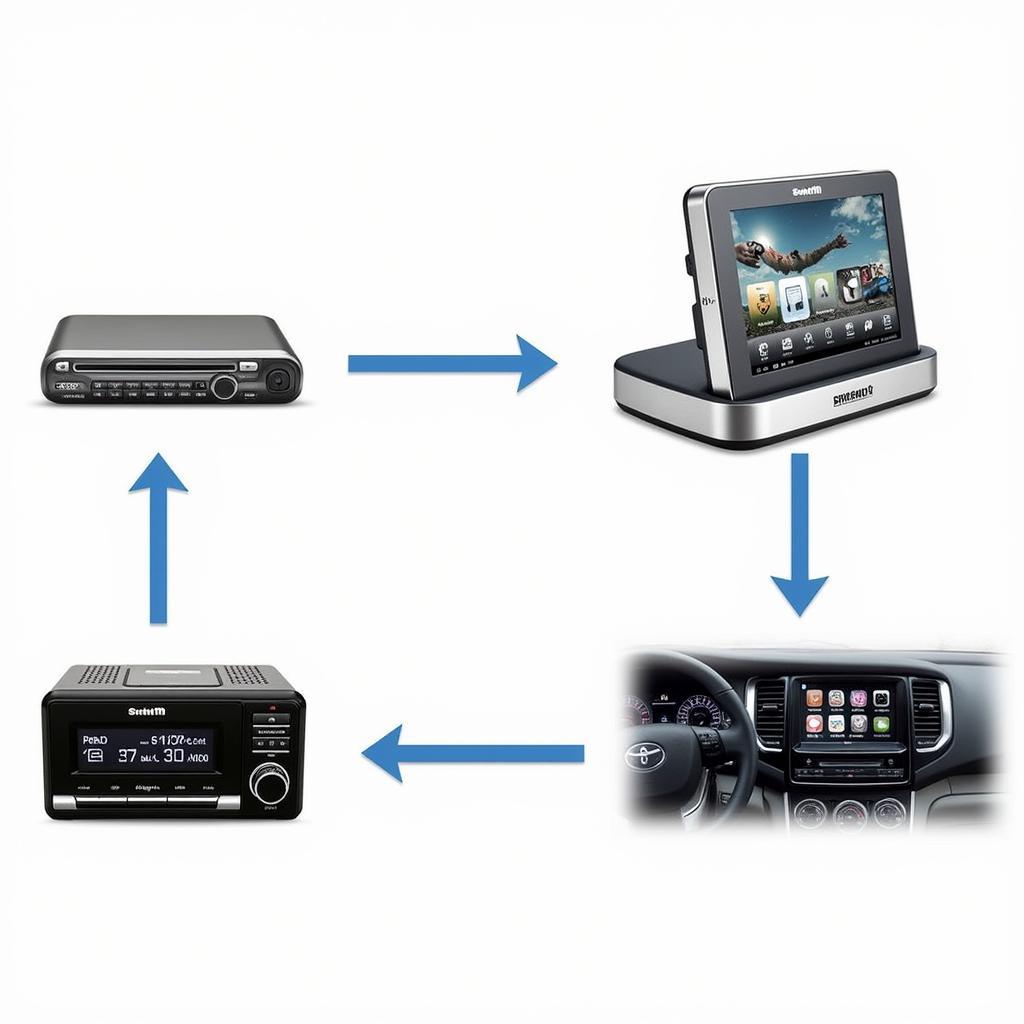The seat belt warning light on your Peterbilt truck is a crucial safety feature, reminding you and your passengers to buckle up. However, like any electrical system, it can malfunction, causing unnecessary distractions and potential safety concerns if it triggers falsely. If you’re dealing with a persistent Peterbilt seat belt warning light issue, this guide will walk you through some troubleshooting steps and solutions.
 Peterbilt Seat Belt Warning Light
Peterbilt Seat Belt Warning Light
Understanding the Seat Belt Warning System
Before we dive into the fixes, let’s understand how the system works. Your Peterbilt’s seat belt warning system comprises several components:
- Seat Belt Buckle Sensor: Located within the buckle, this sensor detects when the seat belt is fastened.
- Seat Belt Pretensioner: In a collision, this device tightens the seat belt to restrain the occupant better.
- Warning Light and Buzzer: These serve as audible and visual alerts, reminding occupants to buckle up.
- Electronic Control Unit (ECU): The ECU receives signals from the sensors and triggers the warning system if necessary.
A fault in any of these components can trigger a malfunctioning warning light.
Common Causes of Seat Belt Warning Light Malfunctions
Here are the most frequent reasons why your Peterbilt seat belt warning light might be acting up:
- Faulty Seat Belt Buckle Sensor: The most common culprit is a damaged or worn-out sensor in the buckle assembly.
- Wiring Issues: Damaged, corroded, or loose wiring connecting the sensor to the ECU can interrupt the signal.
- Faulty ECU: In rare cases, a problem with the ECU itself might be misinterpreting signals and triggering the warning.
- Software Glitch: Like any computer system, the ECU can experience software glitches that affect its functionality.
Troubleshooting the Peterbilt Seat Belt Warning Light Malfunction
Follow these steps to diagnose and potentially resolve the issue:
- Check the Seat Belt Buckle: Examine the buckle and the latching mechanism for any visible damage, debris, or bending that might prevent proper connection. Clean the buckle thoroughly.
- Inspect the Wiring: Trace the wiring harness from the buckle towards the truck’s chassis, looking for any signs of wear, cuts, burns, or loose connections. Pay attention to areas where the wiring might rub against metal parts.
- Test the Voltage: If you have a multimeter, check the voltage at the buckle connector. A reading within the manufacturer’s specifications indicates a good connection.
- Important: Consult your Peterbilt service manual for specific voltage values and wiring diagrams.
Disabling the Seat Belt Warning Light: Proceed with Caution!
While it might be tempting to disable a malfunctioning seat belt warning light, it’s crucial to understand that doing so can compromise your safety and that of your passengers. Disabling the warning system is generally not recommended and may even be illegal in some areas.
"Remember, a malfunctioning warning light is a symptom of an underlying issue. Addressing the root cause is always the safest approach." - **Mark Stevenson, Senior Automotive Electrician**Seeking Professional Help
If your troubleshooting doesn’t pinpoint the problem or you’re uncomfortable dealing with electrical systems, it’s best to consult a qualified Peterbilt mechanic or electrician. They have the expertise and tools to:
- Run Diagnostic Scans: Advanced diagnostic tools can pinpoint the exact source of the malfunction within the ECU.
- Repair or Replace Components: Professionals can safely repair wiring issues or replace faulty sensors, buckles, or even the ECU if needed.
- Perform Software Updates: In some cases, a simple software update to the ECU might be necessary to rectify the problem.
Conclusion
A malfunctioning Peterbilt seat belt warning light can be an annoyance, but more importantly, it might indicate a potential safety concern. By understanding the system and performing some basic troubleshooting, you can try to identify the issue. However, prioritize safety and seek professional help from a qualified Peterbilt technician for a proper diagnosis and repair. Remember, a functioning seat belt warning system is vital for the well-being of everyone in the vehicle.



